
Tallinn Architecture Biennale: TAB 2019’s curatorial exhibition – Beauty matters, the resurgence of beauty in architecture
The Curatorial Exhibition @the Estonian Museum of Architecture
Curatorial Team: Head Curator Yael Reisner(London) with two Assistant Curators, Barnaby Gunning(London), and Liina Soosaar(Tallinn).
TAB is organised by Estonian Centre for Architecture.

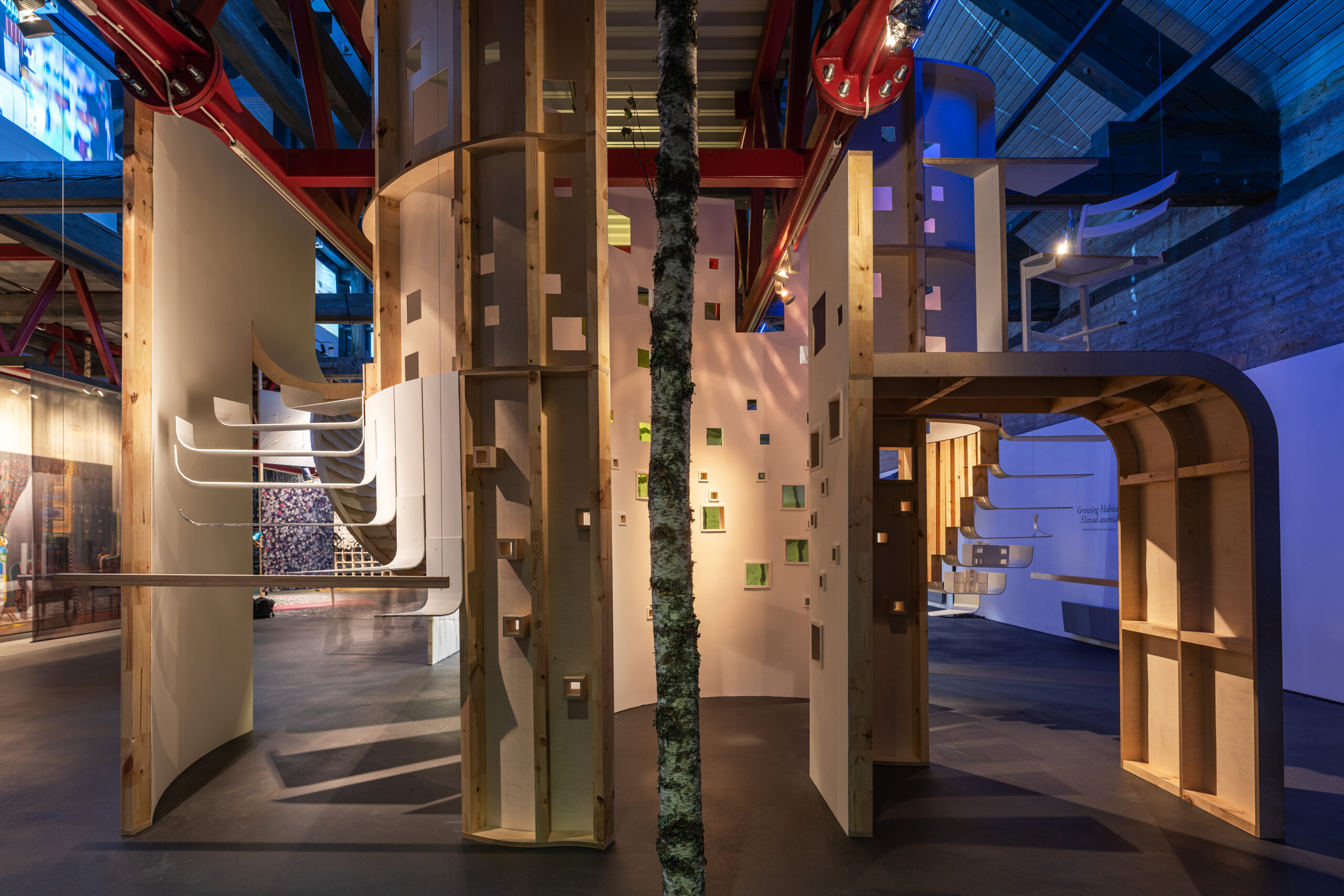
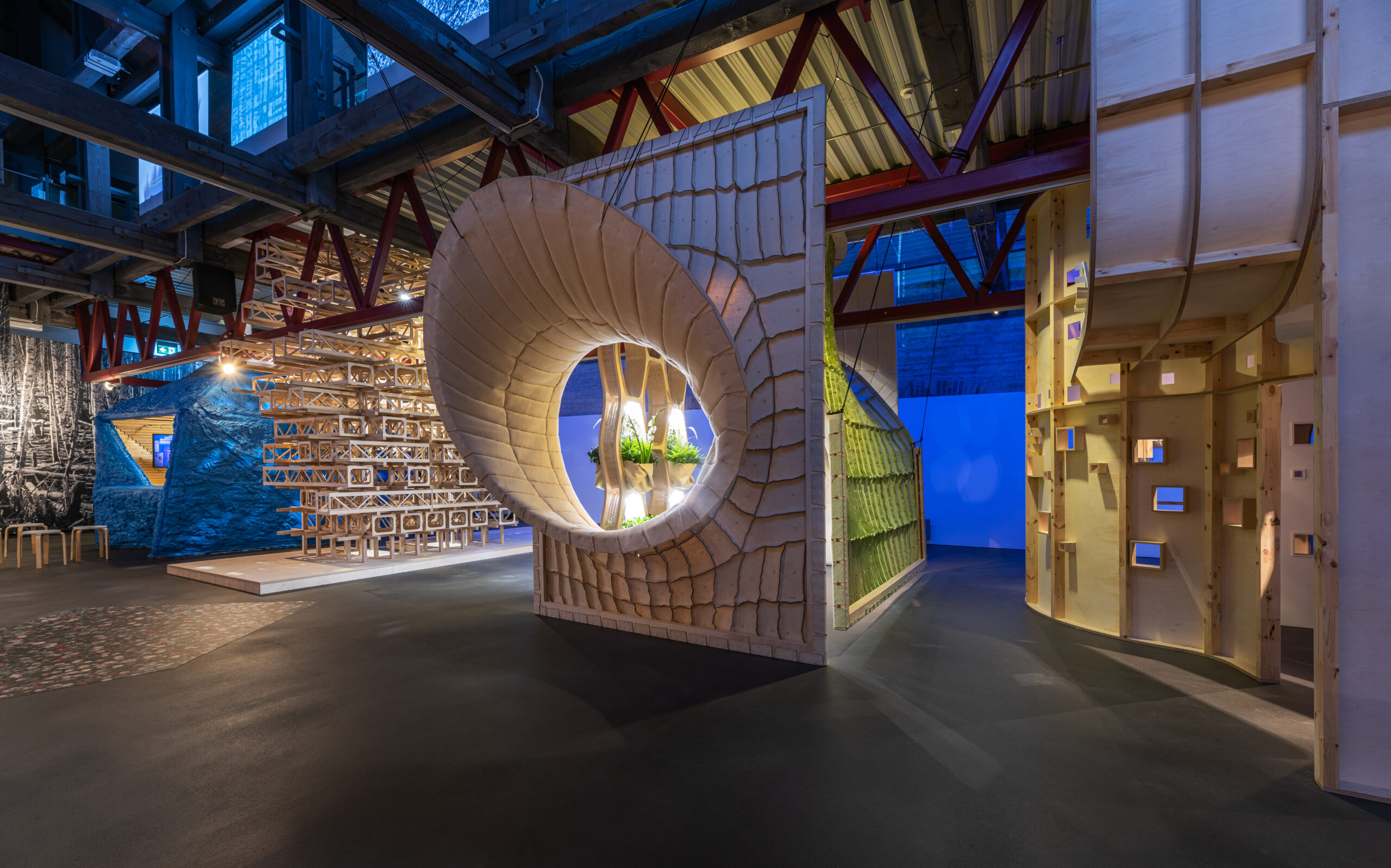
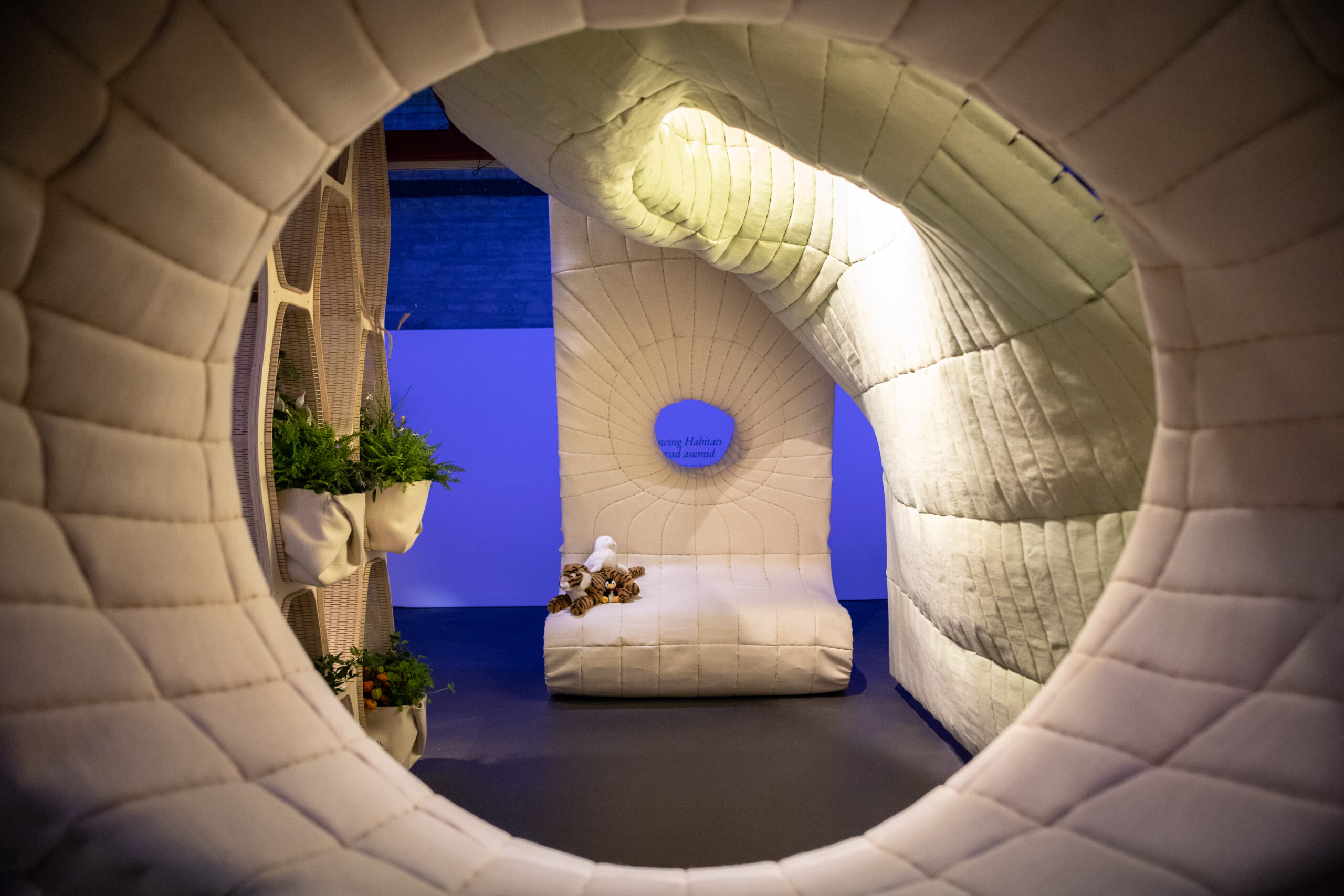
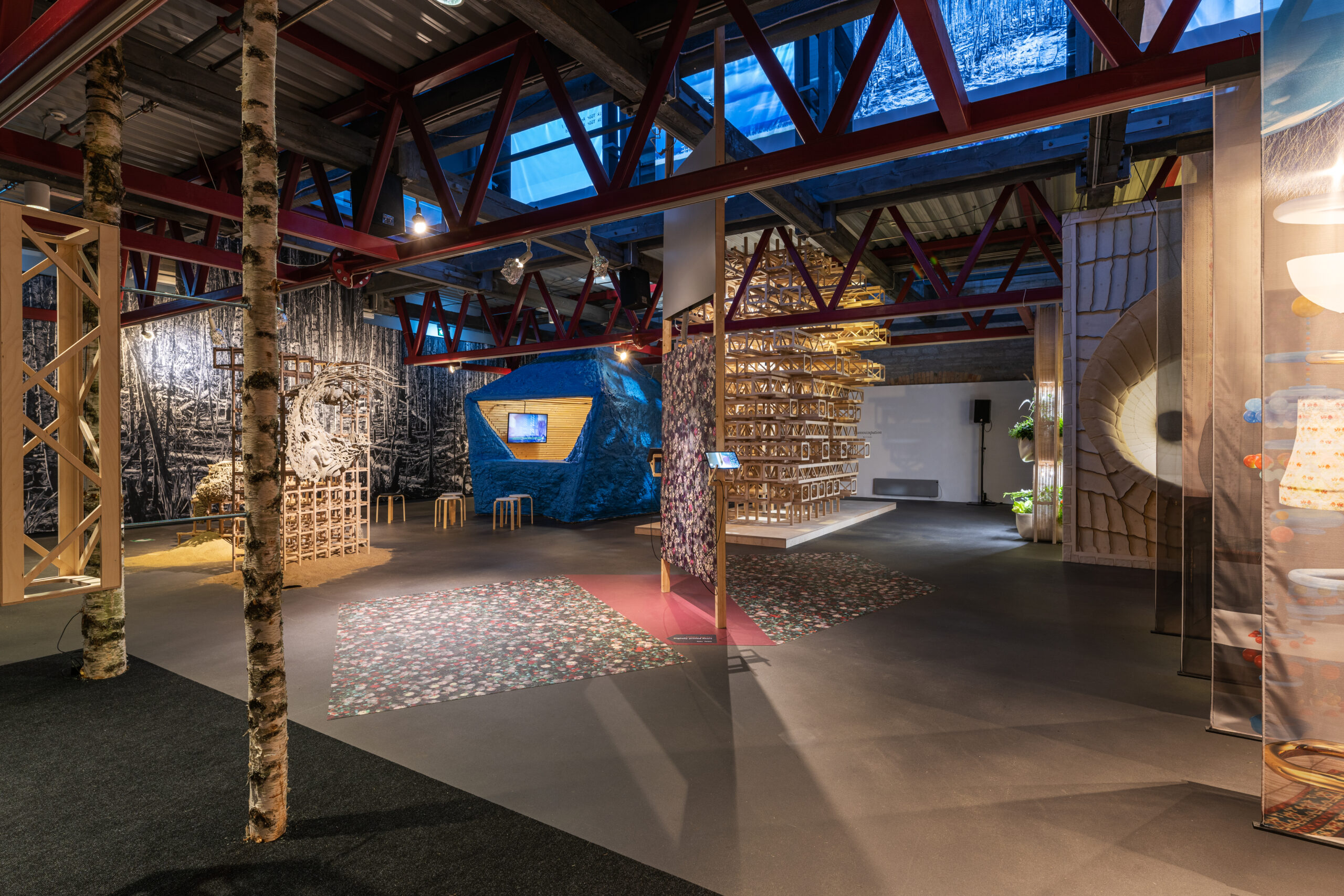
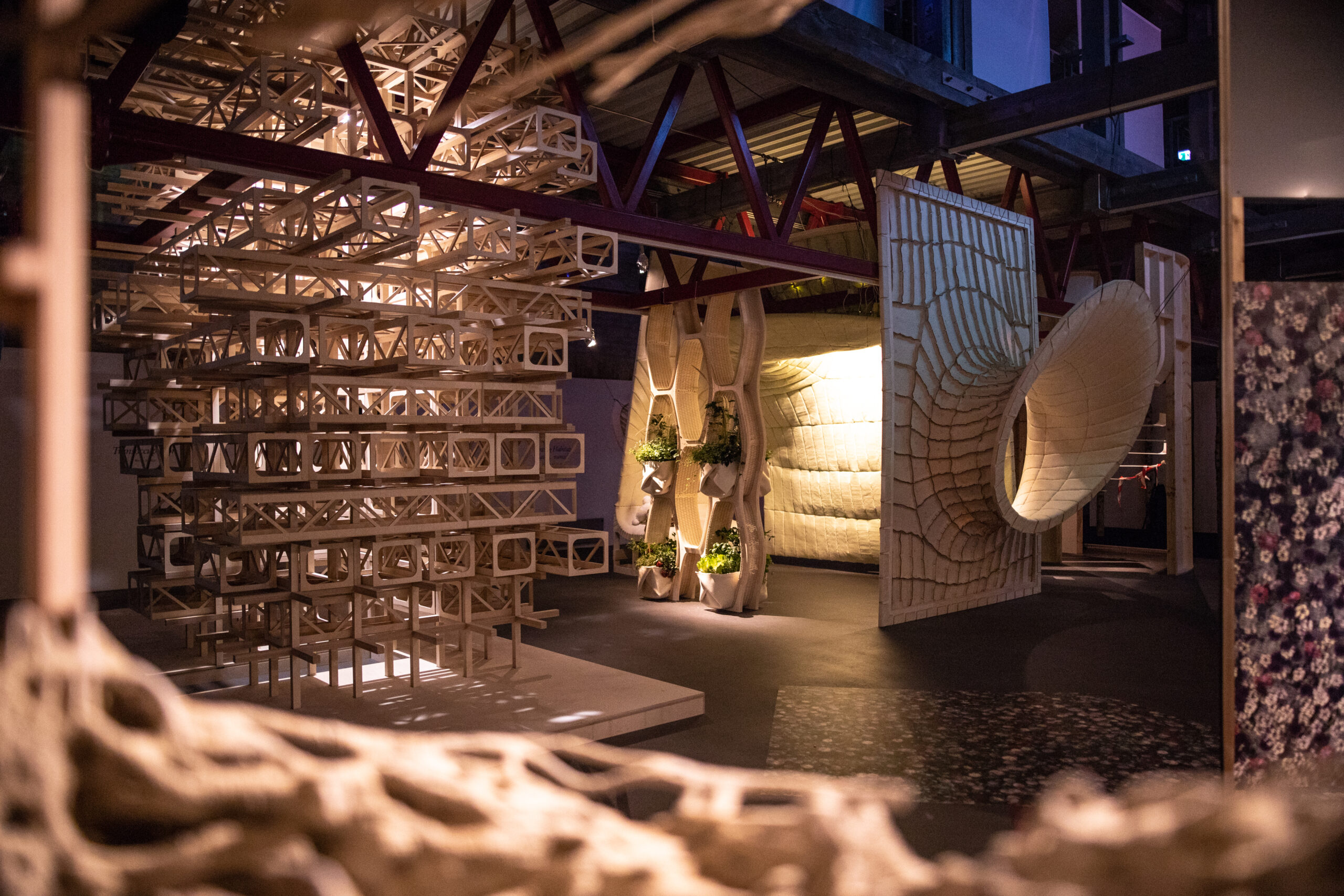
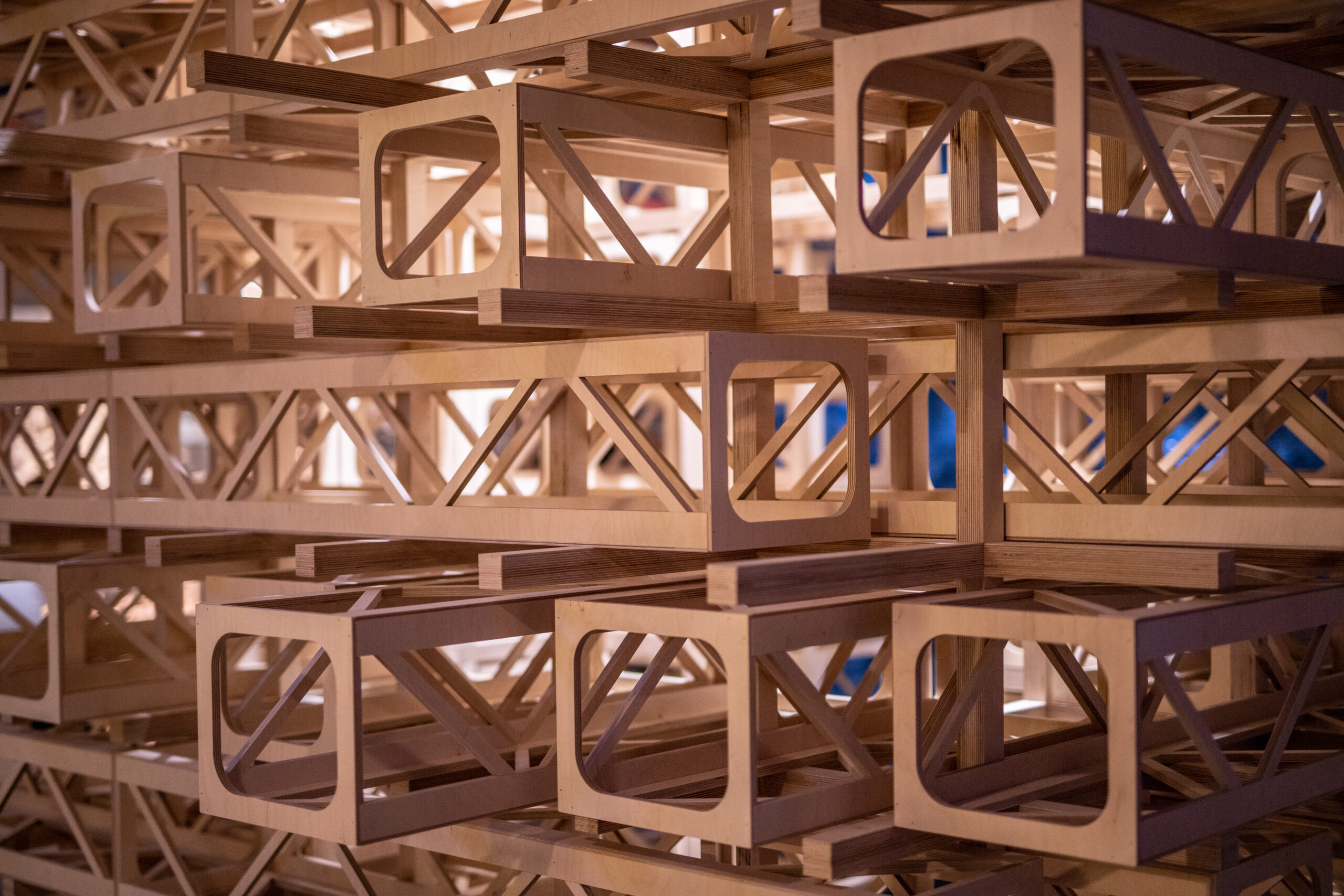
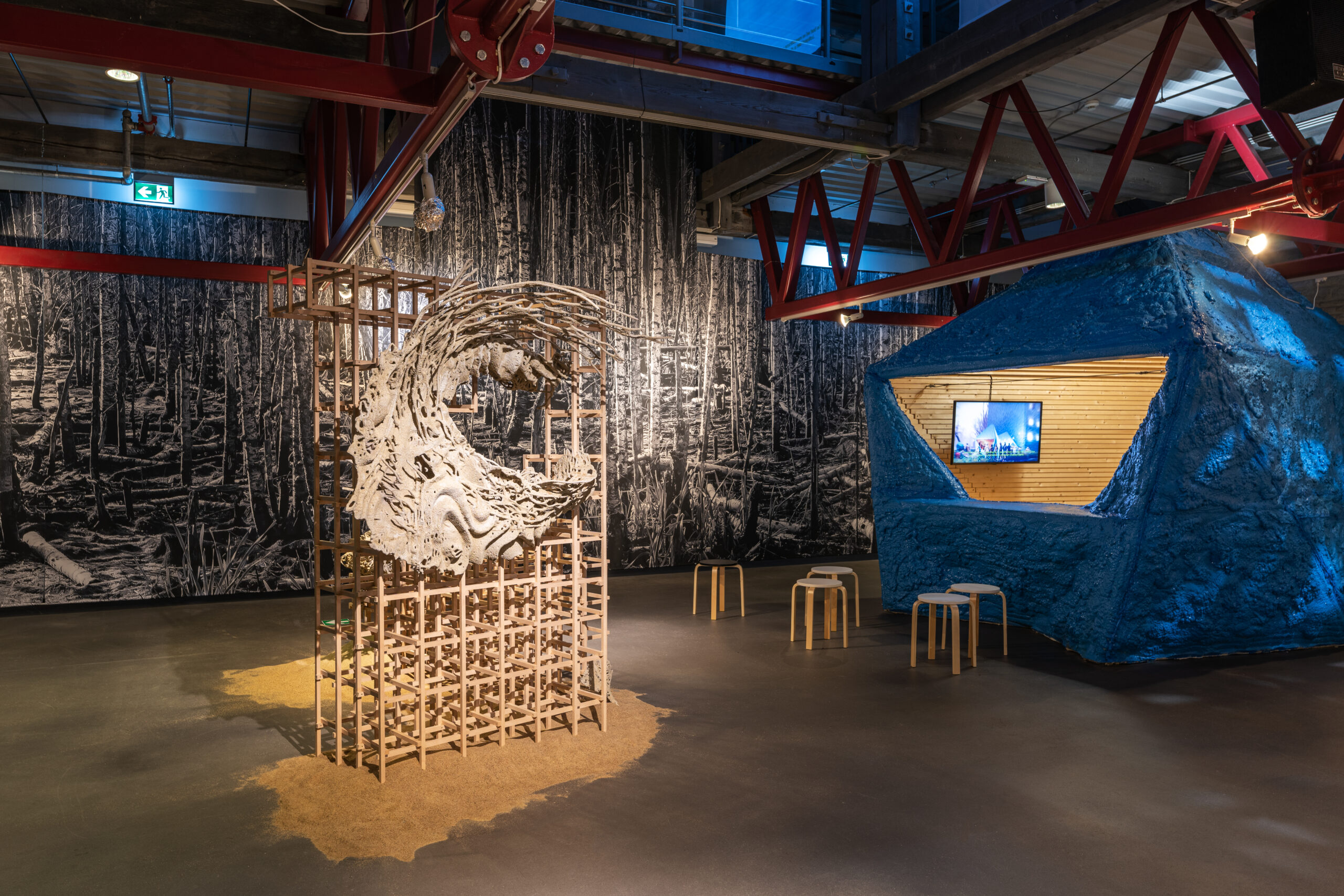


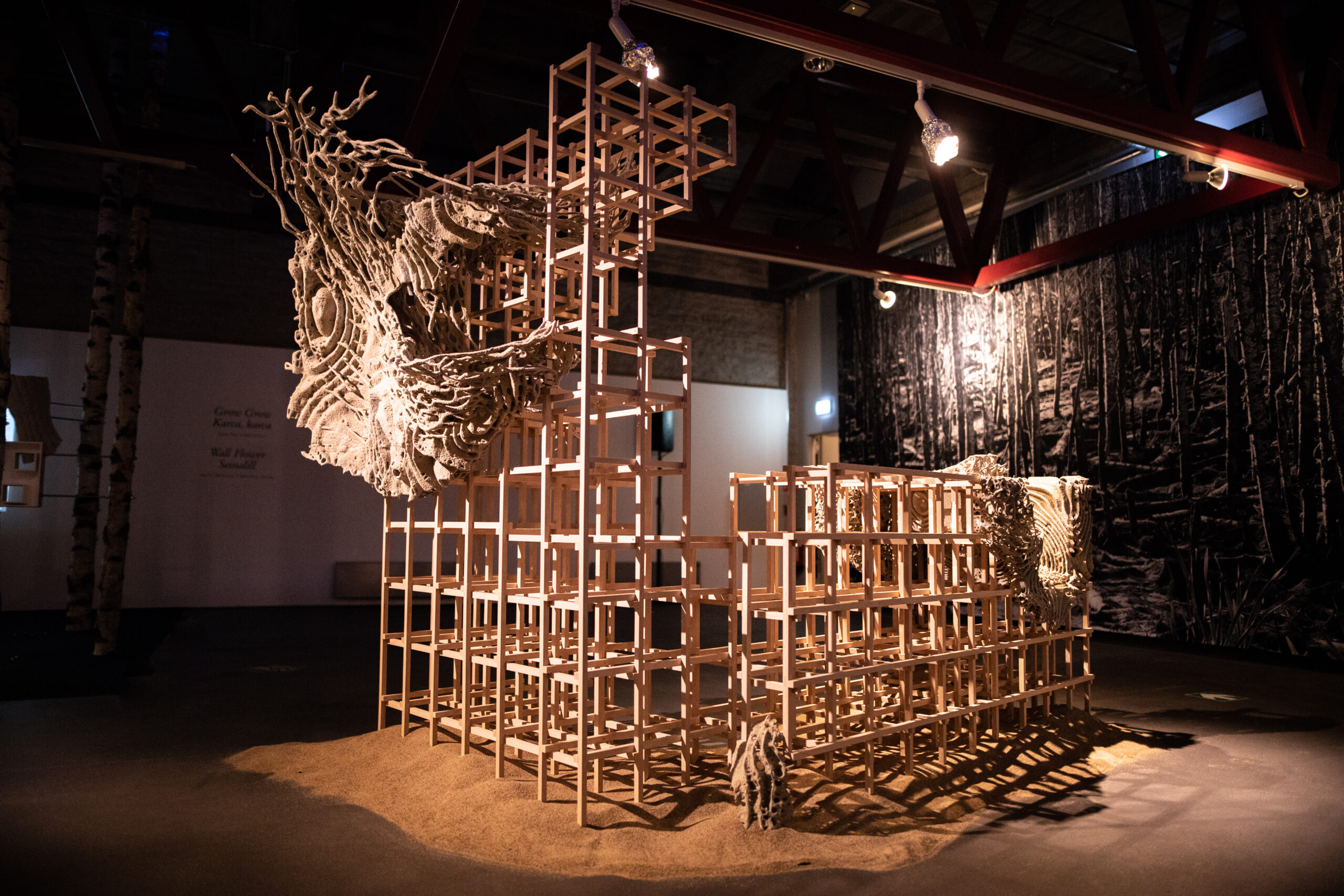
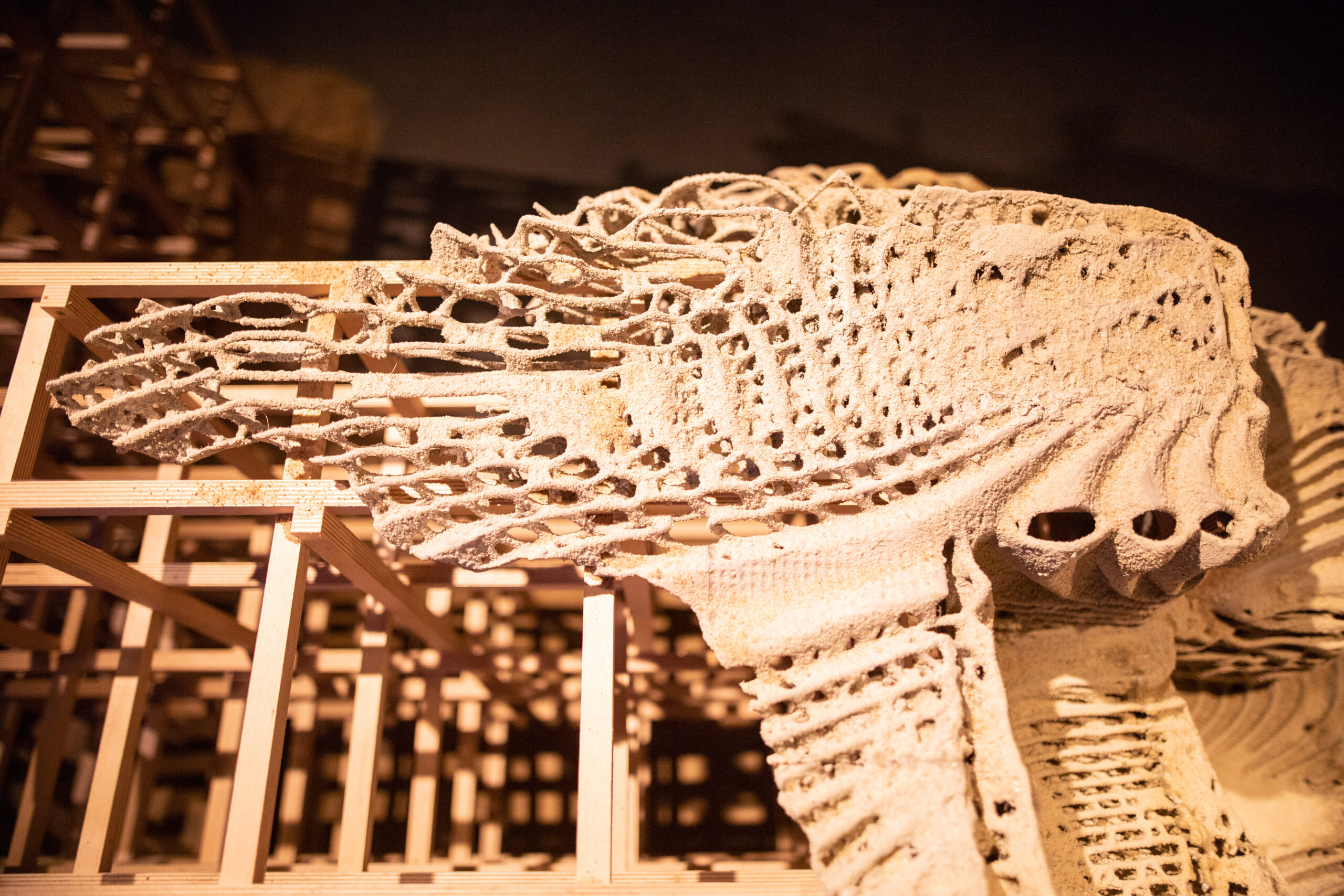

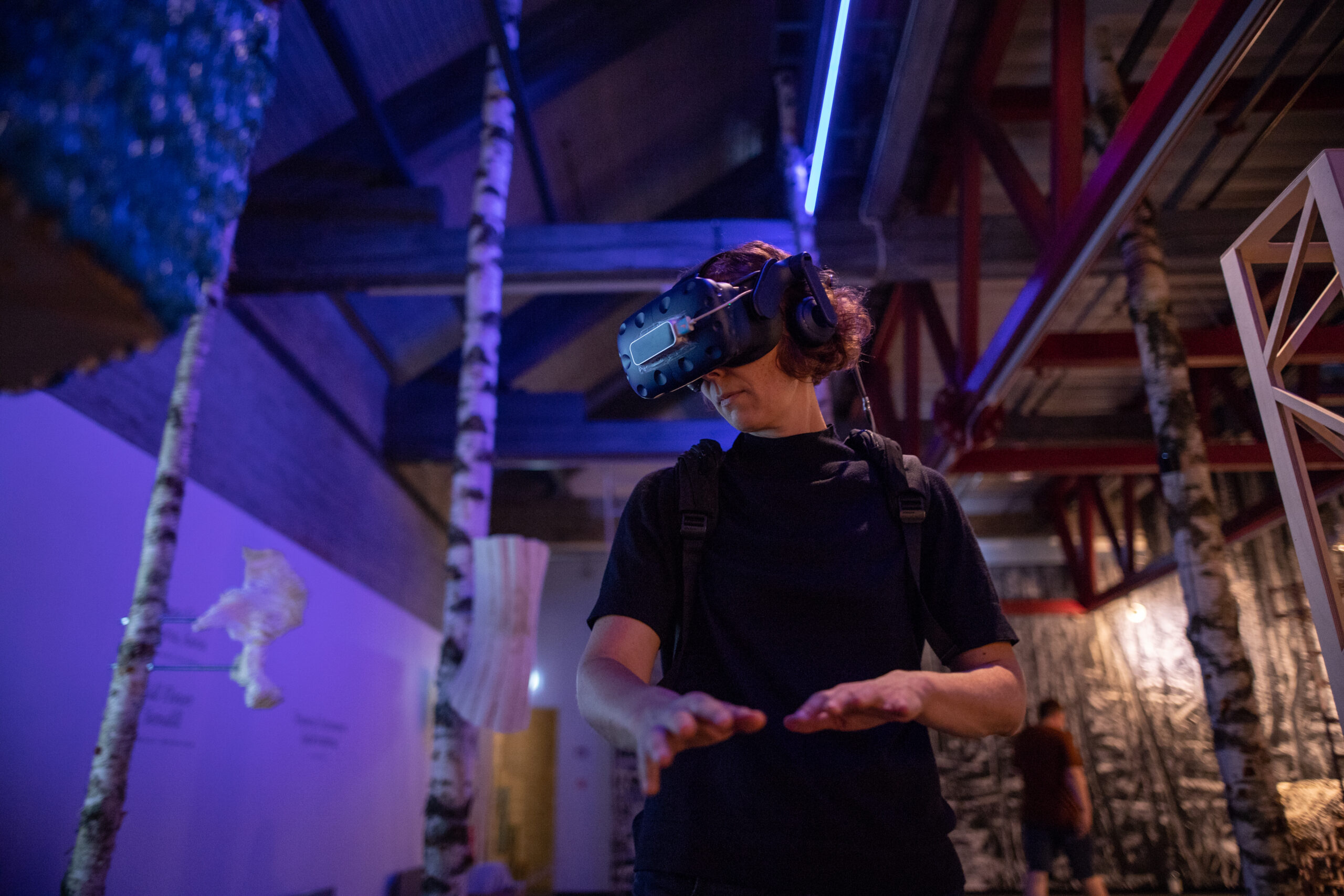

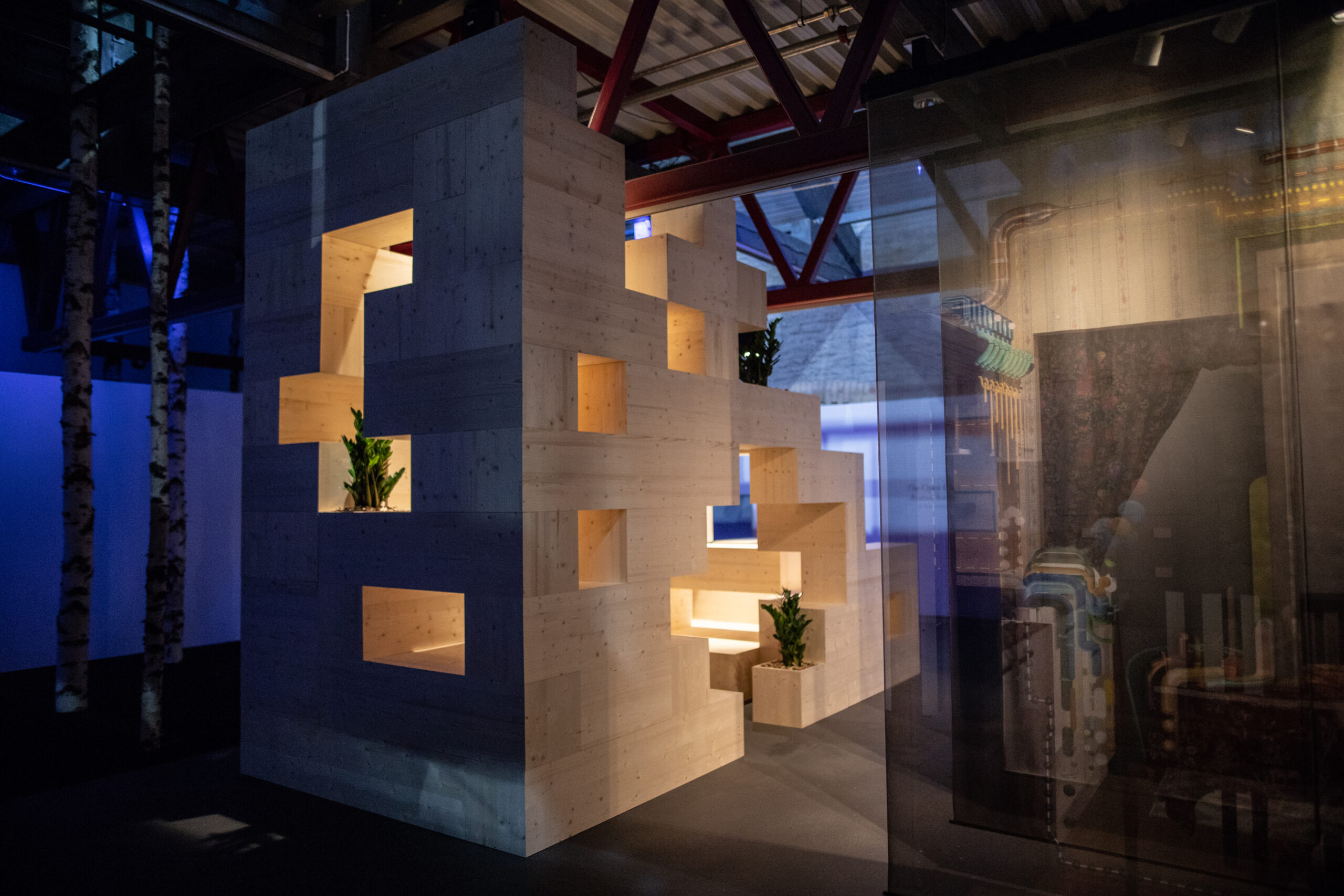

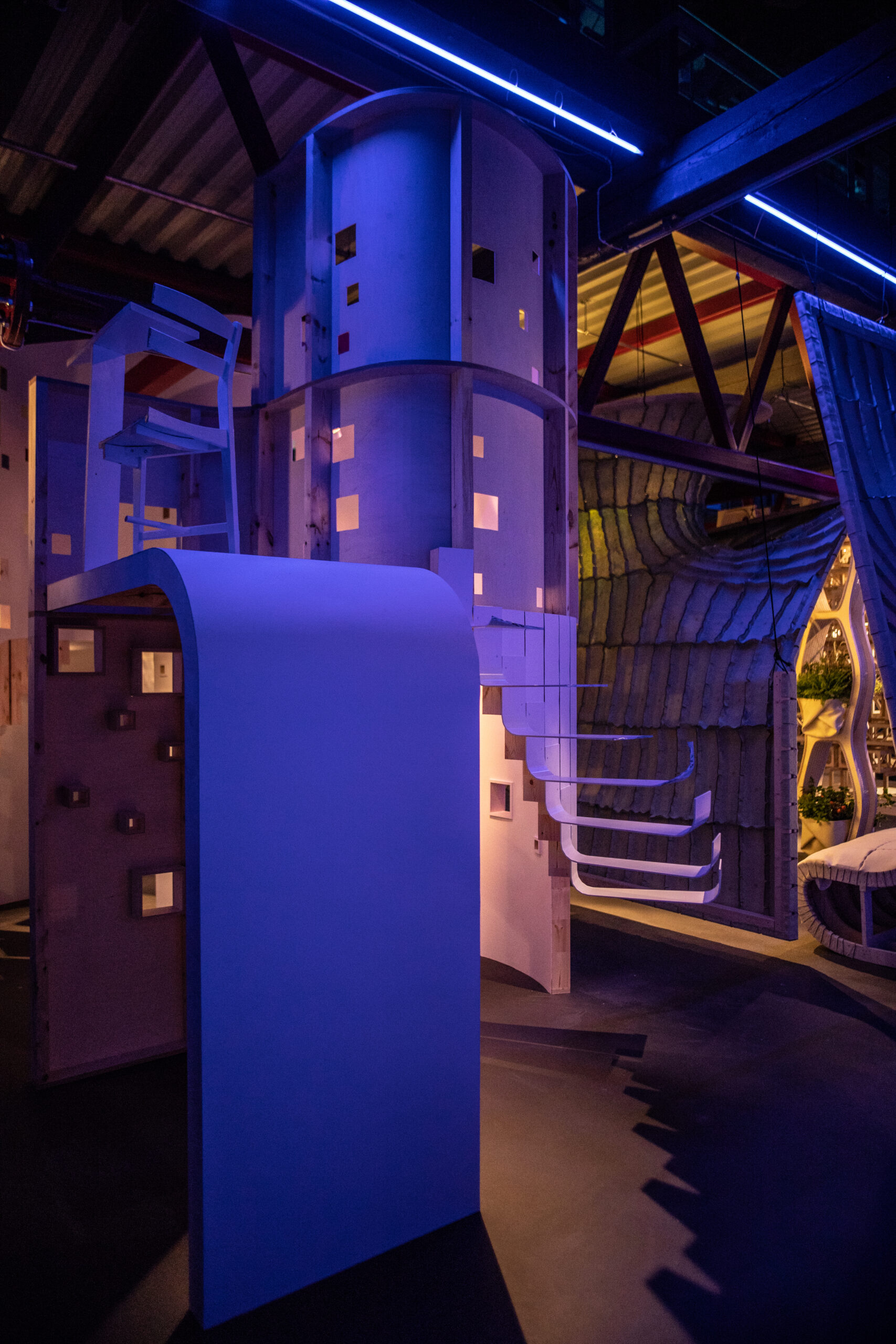


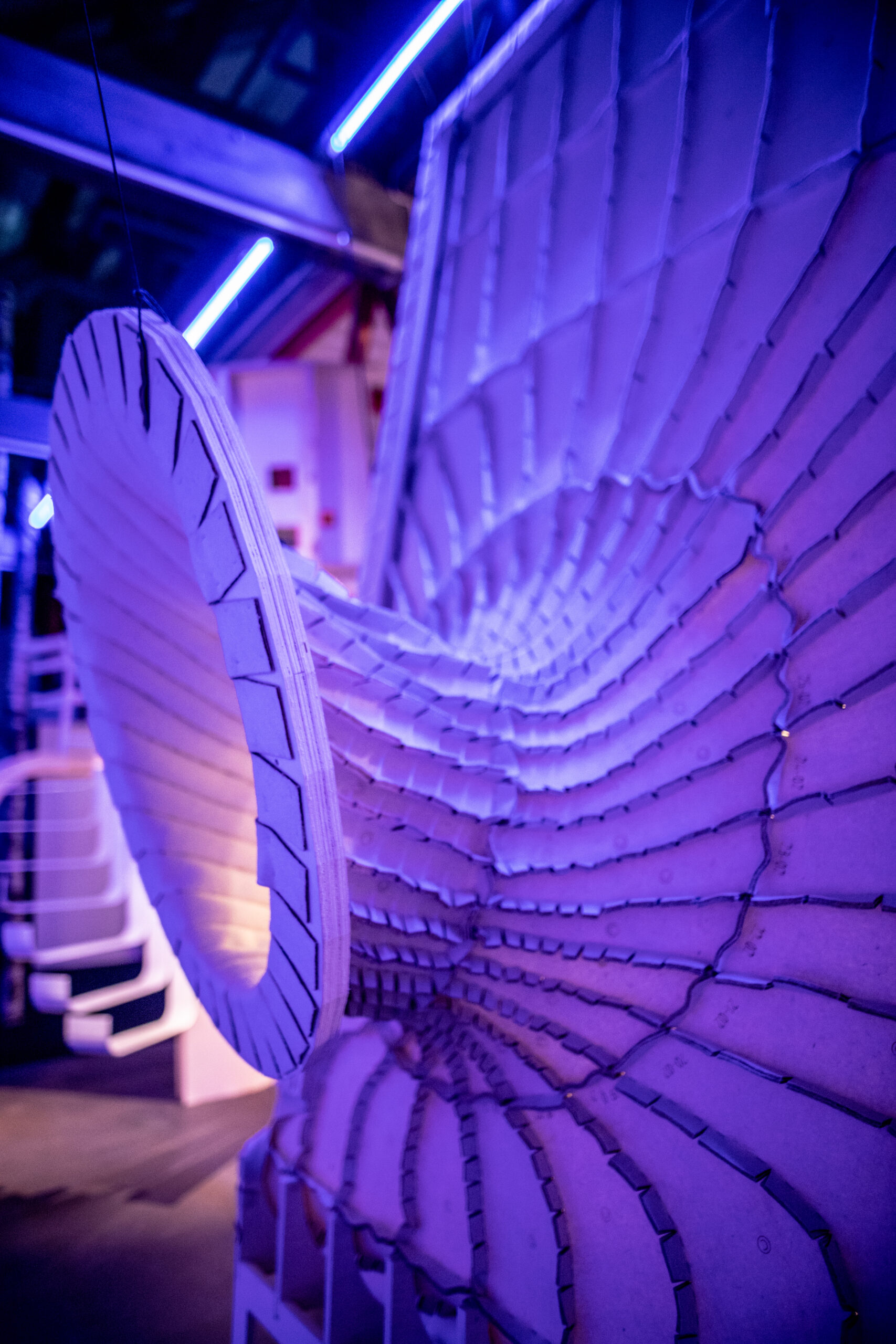
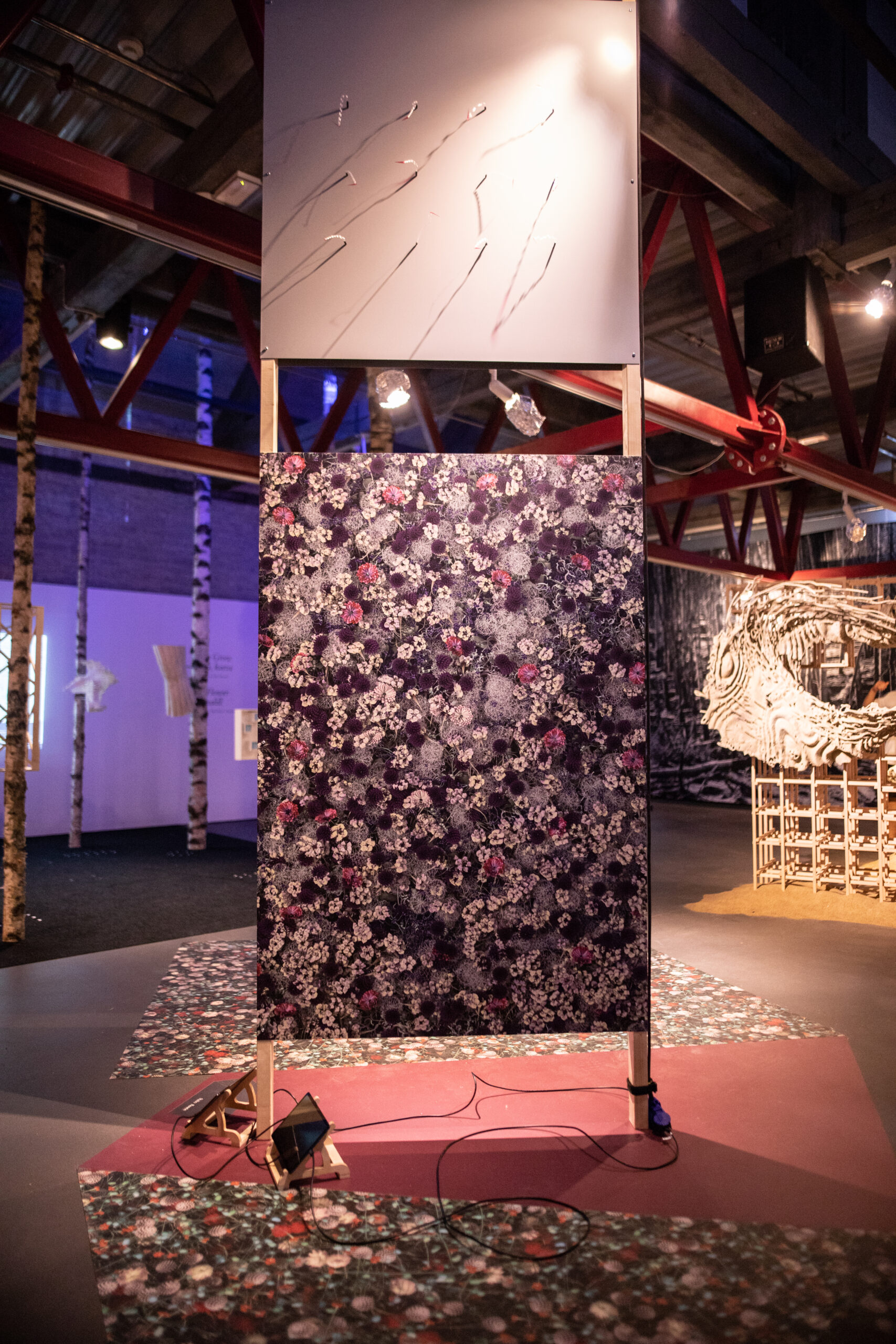

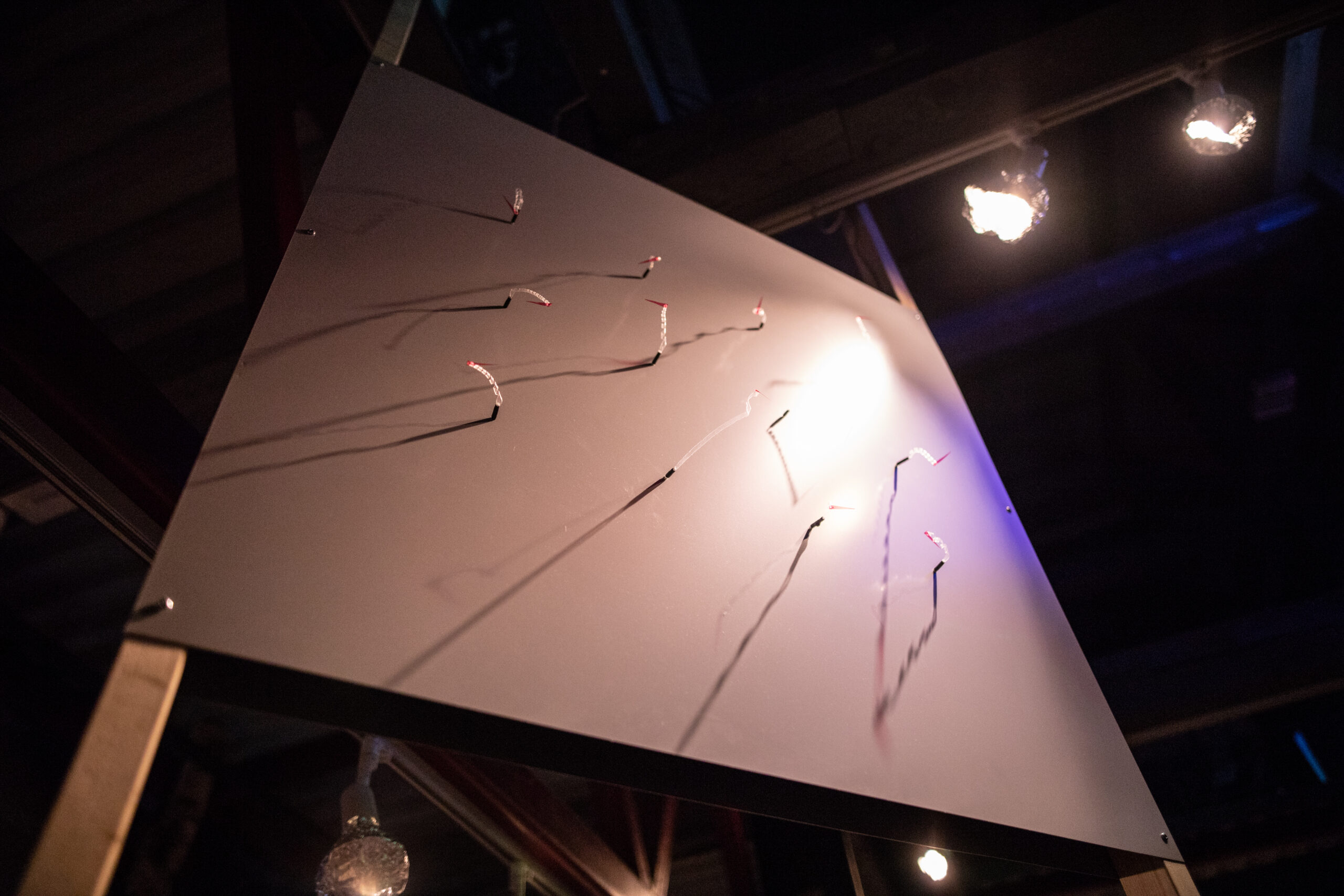

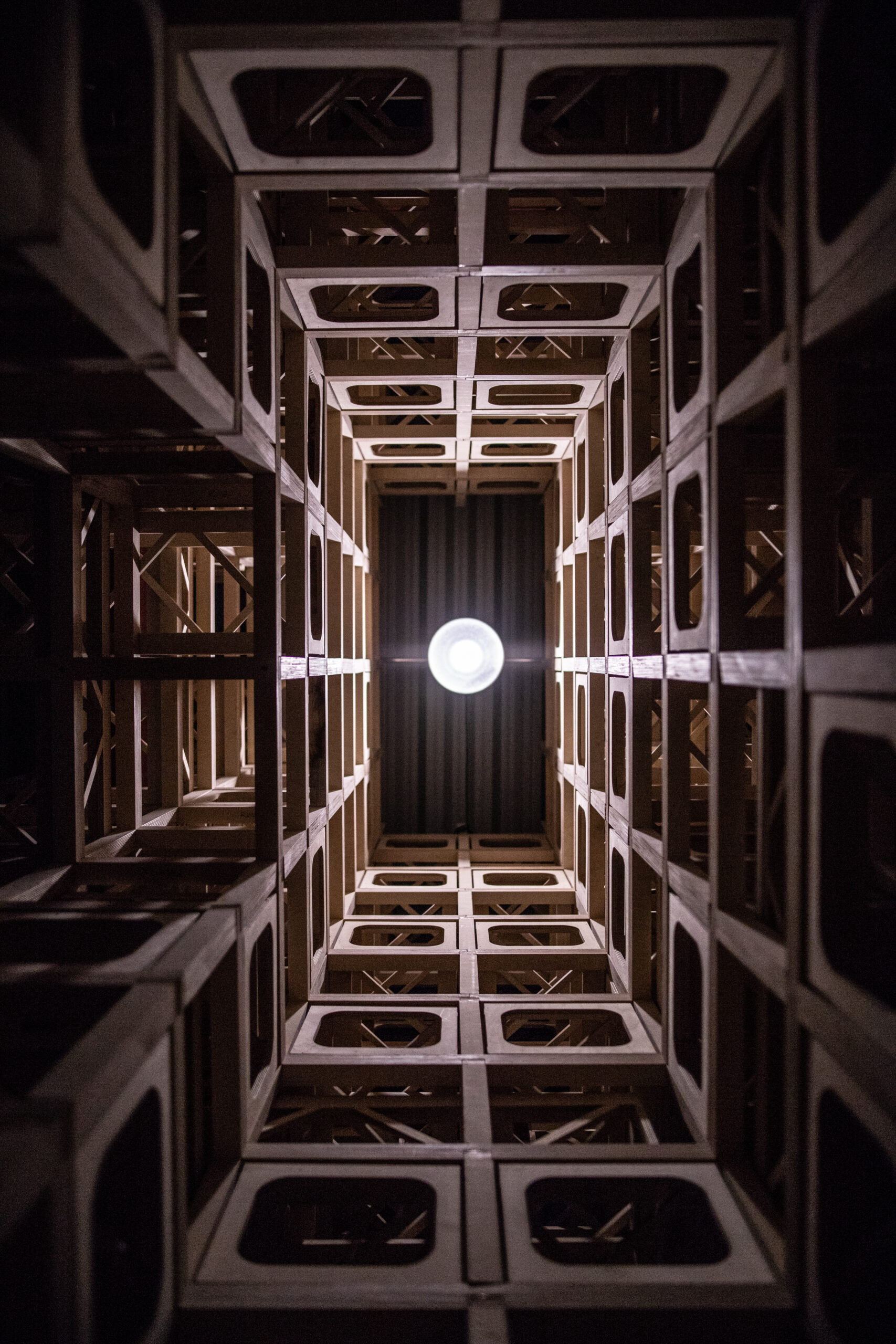


Beauty: a critical determinant in the progress of civilisations. Semir Zeki, Neuroscientist
Beauty Matters
The Resurgence of Beauty
In celebrating beauty in architecture, after some eight decades of denigration, Beauty Matters aims to elevate the status of beauty and its role in exploring new aesthetics through the lens of habitation.
Architecture, like poetry, or music, has the power to speak both to individuals and society, nurturing and preserving their differences, whilst acknowledging their similarities and giving identity to shared culture.
Exhibitors from Estonia and around the world were chosen for their diverse palette of agendas and aesthetics, together they introduce a contemporary, pluralistic approach to the experience of beauty, a creation by individuals for their fellow individuals, as beauty is not a singular idea.
The exhibition brings to the fore two of today’s burning issues – aspiring to beauty, and habitation – presenting positive alternatives to alienating and ecologically unfit built environments.
These nine installations form a street in the main exhibition space, with injections of woodland as a prevalent feature of the urban landscape. Each installation is a segment of a larger habitation project, which can be seen projected above at mezzanine level.
Now, imagine this street…courier robots deliver goods, while residents walk or transit on scooters, bicycles and local trams, and drones fly high above.
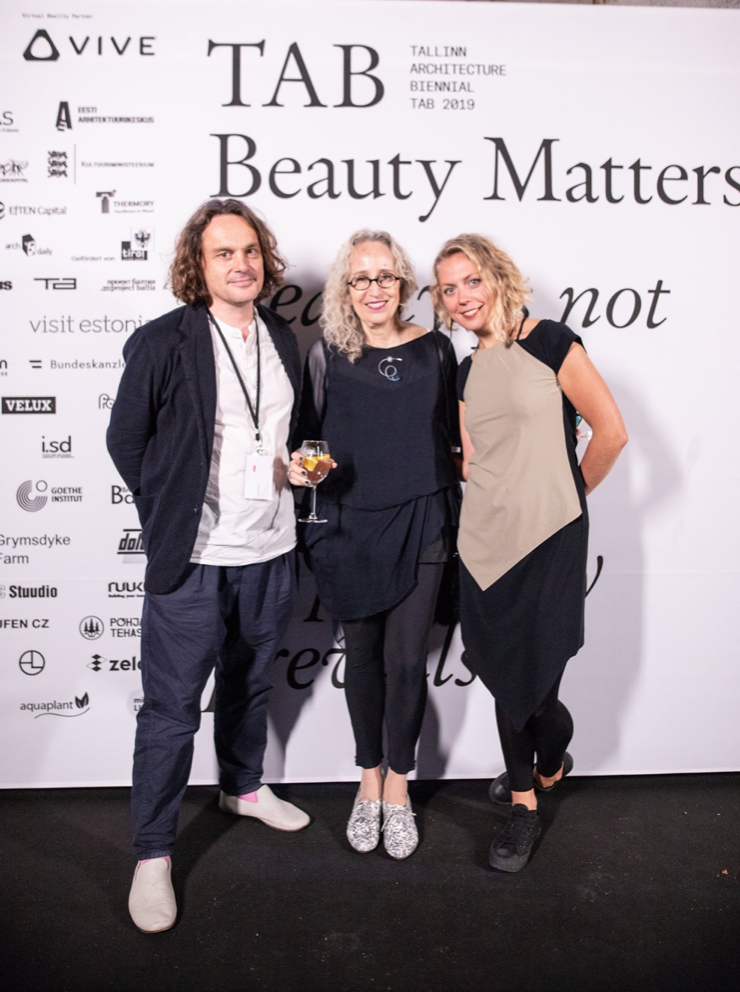
Exhibition design: Yael Reisner with Barnaby Gunning
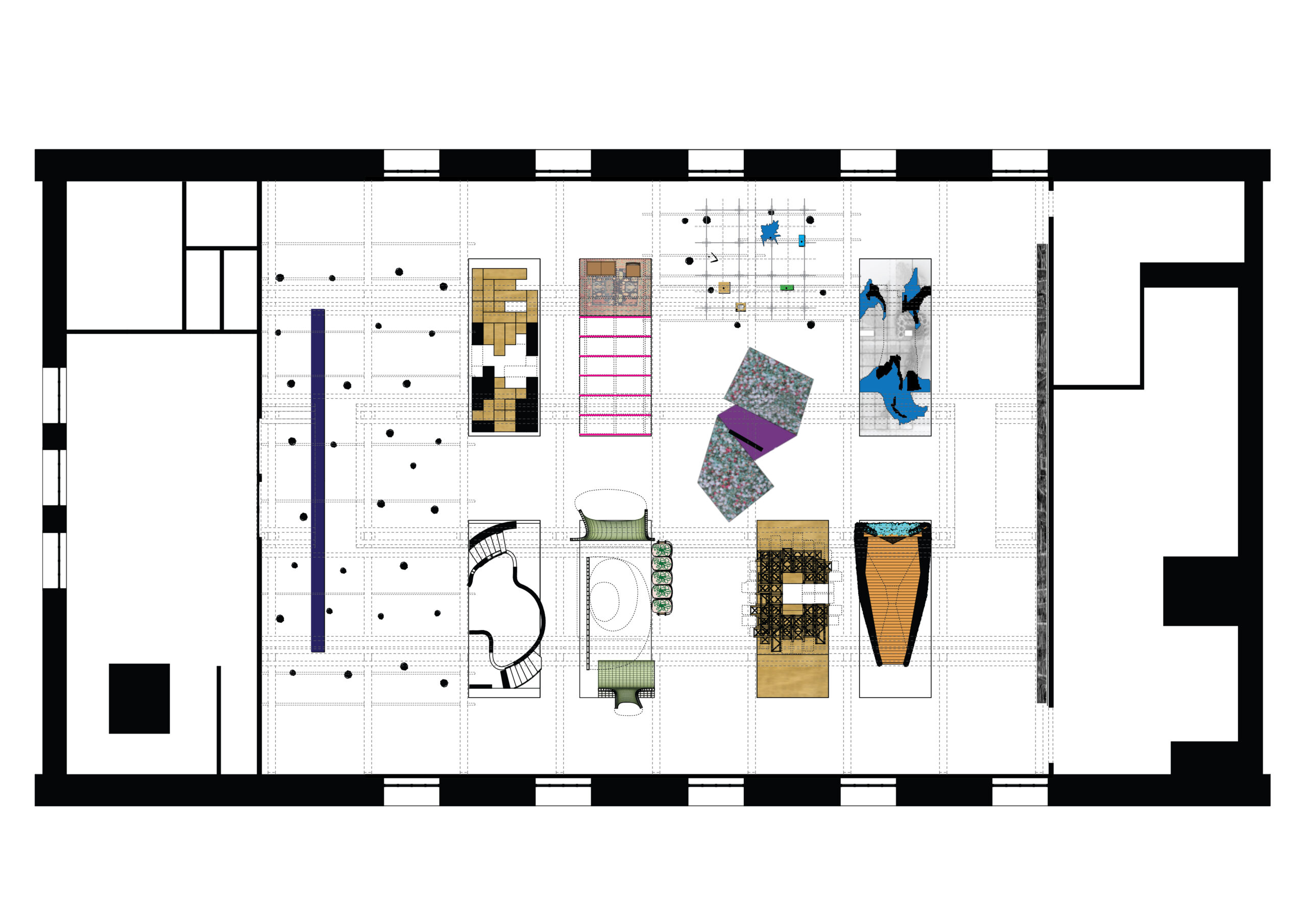
Please do note that the next part here is the description and visual presentations of each installation/each habitation project, followed by the architects talking about these, as was filmed during the 2-day- Symposium. (Further more sessions could be seen in this website at the dedicated Entry to the TAB 2019’s Symposium.)
Sou Fujimoto Architects – The Open Cave
The habitation unit is a new but primitive house. SFA’s segmentbecomes an open system that identifies the mass and the space, establishing new connections between inside and outside.It is a proposition for the habitation of tomorrow, whereby conventional floors and building envelope disintegrate into continuous open landscape. In this way, the floor becomes wall, the wall becomes ceiling, the ceiling becomes furniture, the furniture becomes architecture, and architecture becomes landscape. Consequently, the open cave has no specific predefined area.
Barnaby Gunning and Yael Reisner – Growing Habitats
Interweaving different kinds of growth from the integration of plant life to the formation of living spaces. Deliberately generous in volume, valuing continuity of space from the private and cozy, to the public. The flowering collars emerge from each of the pure-wool felt drape, and blur the boundary between exterior and interior. Planting is deeply integrated, from a hydroponic ‘magic garden’ to a naturally and artificially lit semi-external ‘potting shed’ for ‘grow your food’ garden.
1st Duo: Sou Fujimoto(Tokyo) in conversation with Barnaby Gunning and Yael Reisner,(London), moderated by Martyn Hook(Melbourne).
Atelier Manferdini – Wall Flower
Nature is a silent but powerful protagonist of Atelier Manferdini artwork for the Tallinn Architecture Biennale. Wall Flower challenges a notion of Nature as a classical source of inspiration for beauty and wants to put to forefront an expanded, hybrid notion of Nature that does not yield to clean judgments or bottom lines about what is living or non-living, organic or technological, true or synthetic.
The floral landscapes become alive through the use of Augmented Reality and trigger the curiosity and the interaction both physical and visual of the visitors. Wall Flower is a landscape painting for the digital age: ever-shifting in relation to the viewer.
Indrek Must with Yael Reisner – Grow Grow
The panel installed above ‘Wall Flower’ , and not related to, but about robots that are inspired by plants’ behaviour. A pneumatically driven artificial biomimetic 12 tendrils that curl and coil like a Passiflora climbing plant. The installation is based on a collaboration of the scientists: Indrek Must, an Estonian materials technologist, Barbara Mazzolai, a biologist, and Edoardo Sinibaldi, an aerospace engineer, both Italians. Plant-inspired robotics has been introduced by European Union funded projects “plantoid”and “Growbot”.
Space Popular – The Venn Room
The introduction of virtual portals in the home – such as the television, the computer or the smartphone – has had considerable consequences in our day to day but has left the architecture of the home pretty much untouched.
The Venn Room by Space Popular depicts a series of possible scenarios of cohabitation in which issues of integration, interface, exposure, overlap, representation, storage and ownership in the augmented future for our domestic environments are put into perspective through everyday narratives.
2nd Duo: Space Popular (London)-Lara Lesmes and Fredrik Hellberg in conversation with Elena Manferdini of Atelier Manferdini (LA), moderated by Yael Reisner.
Click on this Link to the videoed session:
Paula Strunden in collaboration with Yael Reisner – The Talking Trees of Tallinn
The VR Experience The Talking Trees of Tallinn is a location-based, mixed-reality display inviting the viewer to interact with six projects out of eight exhibited at the curatorial exhibition. Immerse yourself in the Open Cave by Sou Fujimoto, Transoccupation by March Studio, Beauty-Ful(l) Life by Kadri Kerge, Growing Habitats by Yael Reisner & Barnaby Gunning, Temporal Environment by soma architecture, and the Utopian Tick by KTA. Six mixed-reality peepholes triggered by “tactile objects” give virtual entry to six imaginary habitations and invite the viewer to engage with a new form of embodied architecture.
Trailer by Paula Strunden, where its soundscape was composed by Nathan Tulve and Jakob Tulve. ( The brothers Tulve were the musicians who composed the TAB 2019’s Curatorial Exhibition’s soundscape. They created; a 30min. cycle that went along the 30min. sunset light cycle set up at the exhibition, as two atmospheric enhancers.)
3rd Duo: Paula Strunden(Amsterdam) in conversation with Yael Reisner(London), and the musicians, Nathan and Jakob Tulve(Tallinn).
soma architecture – Temporal Architecture
For soma architecture, design is a prognosis about future lives and realities. Buildings are never finished but reorganized, altered and transformed. If we observe the city from far distance in rapid motion we would get a completely different understanding of its nature: a living habitat that is neither monumental nor permanent. The installation by soma is an excerpt of an evolving structure that is overgrowing and transforming the abandoned Linnahall in Tallinn.
Kadri Kerge – Beauty-Ful(l) Life
The project is designing new type of living space for special social condition – apartment for the modern binuclear family. A complex geometry for interrelated spatial program, creating links between private, common and shared space. A therapeutic space helping to live more beauty-ful(l) life, supporting the family’s everyday needs and (complex) relationships with each other.
4th Duo: soma architecture (Vienna/Innsbruck) – Kristina Shinneger and Stefan Rutzinger – in conversation with Kadri Maris, who stood for her sister Kadri Kerge(Tallinn/NY), moderated by Kaja Pae(Tallinn).
Kadarik Tüür Architects – Utopian Tick
Tick is an arachnid that latches upon warm-blooded animals. This parasite has attached itself to the beautiful modernist block. It is covered with sprayed insulation which has spread like an infection over the existing housing block. The installation is a happy reunion of at least 3 utopias – the utopia of modernist housing, the utopia of energy-efficient reconstruction and the utopia of vernacularity.
March Studio -Transoccupation
This project is simultaneously an investigation into a 1:1 plywood box truss (the segment) and a 1:10 structural system for a tower (the whole). The work continues a wider body of research undertaken by March Studio where materials, technology, and structure are used to explore disorderly form in order to propose new opportunities and architectural typologies. In the case of Transoccupation, we propose a new, interchangeable residential tower which is more akin to a vertical village than a typical extruded Tower model.
5th duo: March Studio(Melbourne) in conversation with Ott Kadarik, Mihkel Tüür, Indrek Rünkla of KTA(Tallinn), moderated by Kaja Pae(Tallinn/Tartu).
Photos taken at the Curatorial Exhibition’s Opening
TAB 2019's Head Curator:
Yael Reisner
Curators assitants:
Barnaby Gunning & Lina Soosaar.
Curatorial Exhibition's design:
Yael Reisner with Barnaby Gunning
Head partner:
ABB, with the supportive Katrin Foerster as its International Key Account Manager Architects.
Producers:
Eve Arpo, Maria Kristiin Peterson, Estonian Centre for Architecture
Exhibitors:
Sou Fujimoto Architects, March Studio, Kadri Kerge, soma architecture, Barnaby Gunning and Yael Reisner, Space Popular, Elena Manferdini, Kadarik Tüür Architects, Paula Strunden, Arne Maasik, Indrek Must. Soundscape: Nathan Tulve, Jakob Tulve
Graphical Design:
Stuudio Stuudio
Building support:
PART
Headline Partner:
ABB
Virtual Reality Partner: HTC VIVE:
HTC VIVE
Under construction.







































































































